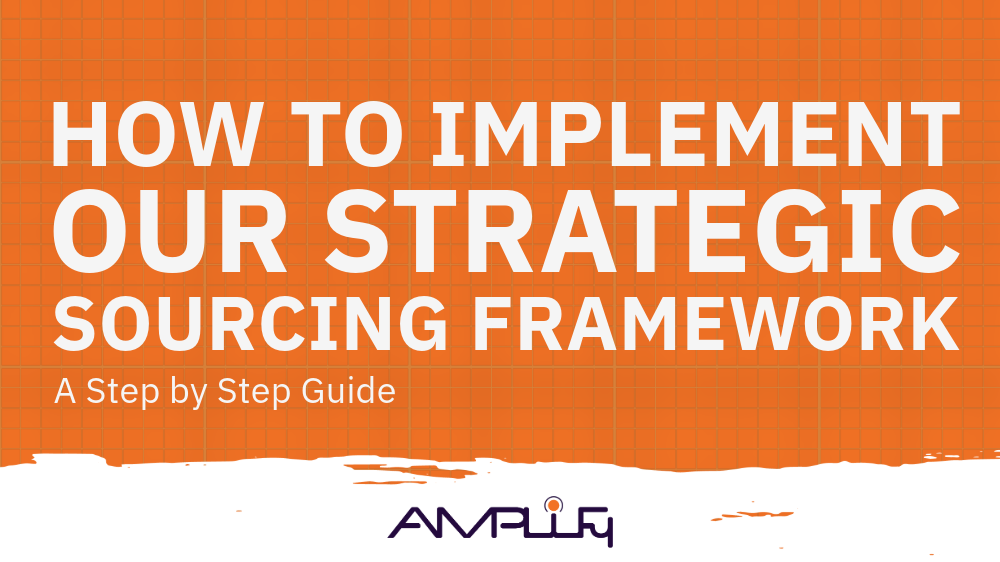Book Review – Corporate Shaman by Richard Whiteley
Richard Whiteley was a bestselling author, wildly successful entrepreneur, and public speaker that I had the pleasure of getting to know over the years. Richard was a shaman, something unique to encounter in the U.S. business landscape. But one of the most interesting things about him was how he took his shamanic teachings and applied them to business.
Richard believed the root cause of any company’s fundamental problem always came back to people, and his book The Corporate Shaman outlines that. Spiritual practice is at the very basis of the book and how to use it to fix corporate adversities. When consulting, it always comes back to the people, the process, and the technology—which is something I have adopted into my own consulting practice. The people will always find the core source of your issue.
The Corporate Shaman follows various characters as they encounter daily dilemmas all too common to us all. These characters range from a CEO who is constantly disgruntled with the way things are going and has a habit of misguidedly blaming these woes on his stressed staff to his employees who are fed up, frustrated, and feeling that there has to be a better way.
Enter a new character on the scene, the self-professed Executive Coach, who arrives to shake things up and show them that there is, indeed, a better way. The coach character introduces shamanism as the surprisingly spiritual remedy for what ails the company. For those unfamiliar, shamans are known to explore uncharted territories and overcome seemingly impossible obstacles to bring back messages of hope and healing to their communities. This almost exactly describes the protagonist’s quest within this corporation.
In a nutshell, this book shows how this ancient wisdom—and the tools for transformation taken from its teachings—can be used in the business world to bring healing and renewed life to a company, infusing team spirit into an organization.
And what could that look like? Basically, this book encourages—and helps us businesspeople— get unstuck from our own logic and current reasoning and open our minds to better ways of operation and growth (both on a personal and professional level, with no real hard lines drawn). The most intriguing part is that the author is able to do all of this through a fable, which is such a creative concept.
I know this is a very radical idea for many. It definitely introduces unconventional means and some out-of-the-box ideas (think drumming journeys and other wild ways of getting in touch with your inner emotions and seeking wisdom and guidance). But for those willing to be openminded, I’d highly recommend this read as a revolutionary way to heal your business and corporate culture—from the inside out.
After all, forward-thinking companies have been slowly incorporating practices like psychology and sociology into corporate culture for years—from onsite counseling for employees to other endeavors. And it has proven to have a clear benefit, so why not give shamanism a shot as well?




